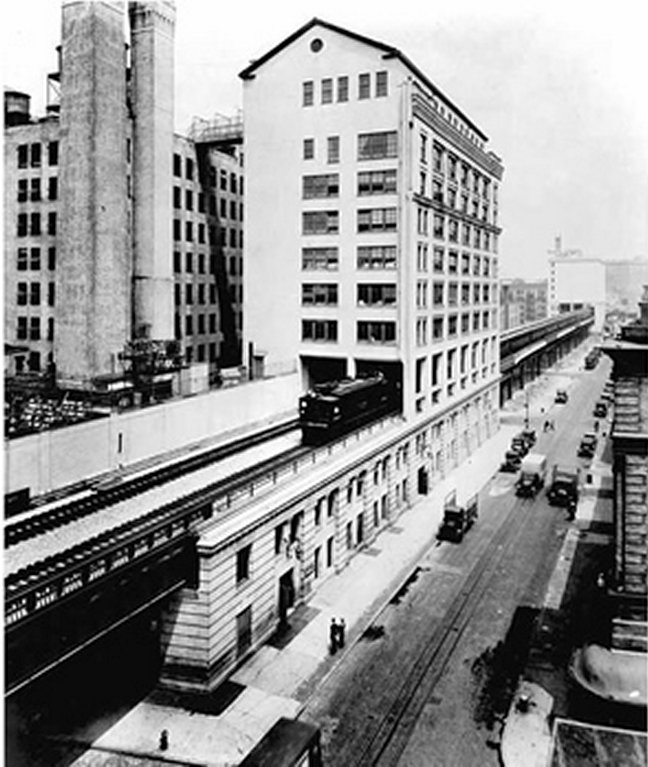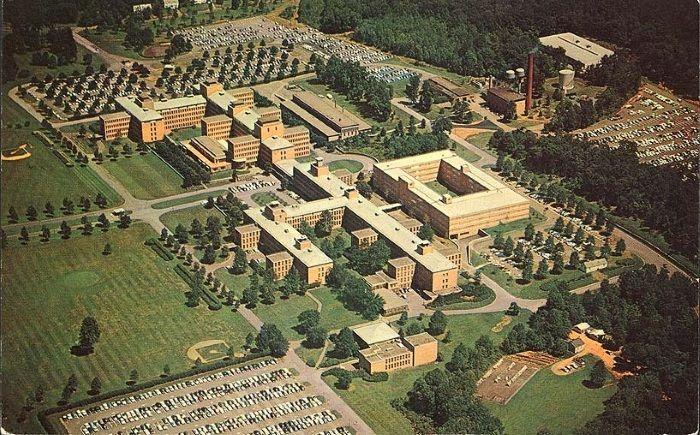 As I read The Idea Factory by Jon Gertner, I felt the heavy touch of Bell Laboratories on my life not just because my father spent his entire engineering career there, but because every discovery, invention, and innovation, developed at Bell Labs is or was a part of my everyday life. That is true of your life too, of that I am sure.
As I read The Idea Factory by Jon Gertner, I felt the heavy touch of Bell Laboratories on my life not just because my father spent his entire engineering career there, but because every discovery, invention, and innovation, developed at Bell Labs is or was a part of my everyday life. That is true of your life too, of that I am sure.

If you are my age you experienced vacuum tube-based radios, and the book will quickly show you that the vacuum tube was invented at Bell Labs. Why? What for? Scientists and engineers the world over constantly come up with good solutions, but Bell Labs was unique because it had what the author calls good problems that needed those good solutions. The vacuum tube was invented to amplify electronic signals, enabling electronic voice transmission over long distances.
The job of Bell Labs scientists and engineers was to create a national and international interconnected telephone network that enabled anyone anywhere to talk with anyone anywhere. And they did it, using an untold number of their discoveries, inventions, and innovations.

How did Bell Labs achieve such amazing results? It was not just their facilities, including he much-copied Murray Hill Building where my father worked for so many years, but the confluence of the facilities with the business circumstances of Bell Labs, and most important, the people.
Bell Labs was a part of AT&T, a government-tolerated monopoly that was tolerated because there was no other way to achieve the communications goal that was important for people, companies, and government institutions, especially military and security institutions. The monopoly business model allowed the free reign of creative minds to do what interested them in an environment where no ideas were bad ideas.
Those creative minds were housed in a myriad of eccentric, eclectic scientists and engineers, my father among them. Gertner tells the stories of the most important of them, and the stories of their work in gripping and fun detail. My favorite character of all was Claude Shannon who – just because it interested him – developed in the 1930’s a theory of information that is to this day the foundation of all computer technology. That, in turn, means it is the foundation of all communications and just about everything we do, including the word processing I am doing to create this little report.

Other labs that were great, such as the ones at IBM, Xerox, GM, Ford, and other great technology companies, and university labs are wannabes in comparison to Bell Labs. I would hazard a guess that Bell Labs earned more patents than any other lab in the world. And they made them freely available so everyone could benefit – a practice that helped preserve AT&T’s monopoly until it didn’t.
The monopoly was no longer preserved when in 1982 Judge Harold Greene negotiated a consent decree with AT&T that broke company apart and destroyed the business model that had kept Bell Labs alive. Today it is owned by Nokia, a Finnish technology company, and is a shell of its former self. But its history from the time of its creation to its demise beginning in 1982 stands alone, and above all others.
That history is well told by Jon Gertner.
Nokia is NOT a Japanese company, it’s Finnish. A Finnish company that originally made toilet paper – and many other wood products. Many people think Nokia sounds like it would be a Japanese word. Having worked for Nokia and met some Finns, I must say that the two languages sound strangely alike.
Embarrassing! Thanks, Glenn, for the Hedzup . . . I’ve made the correction.